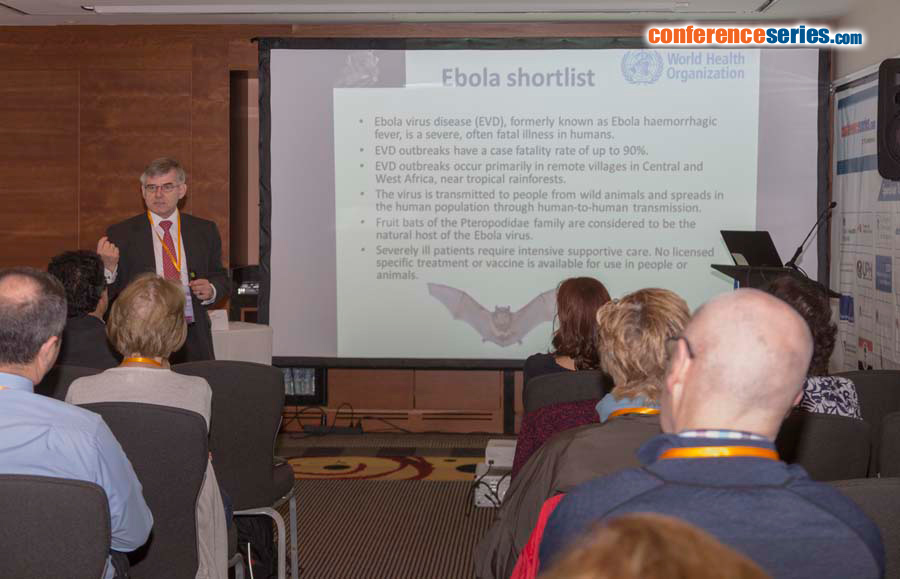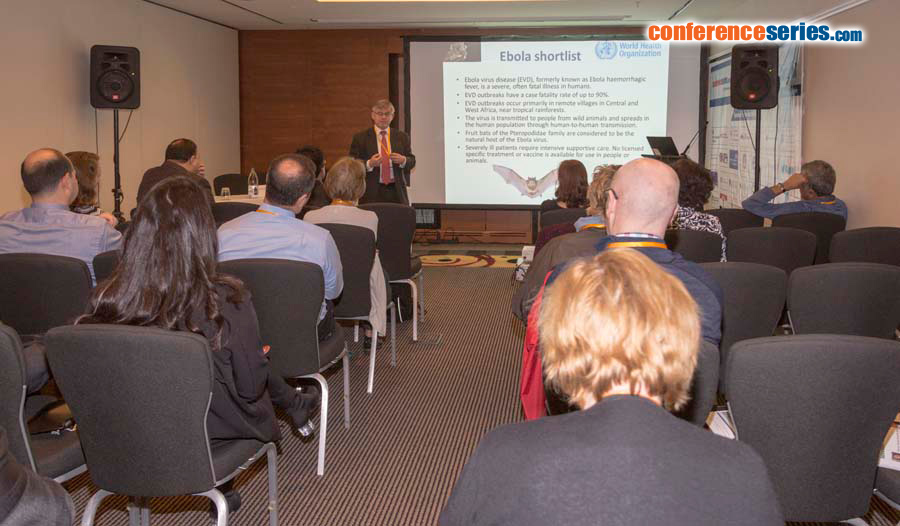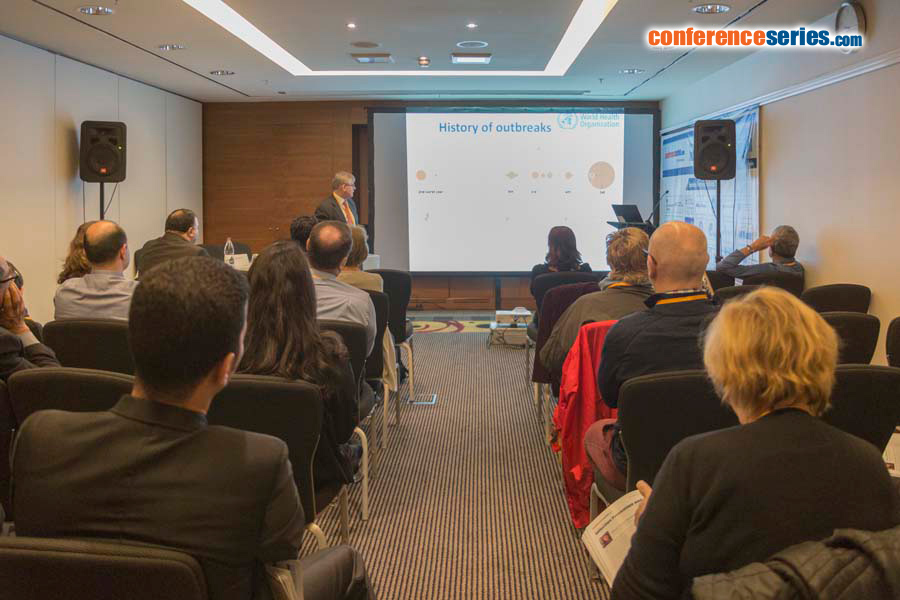
Stef Stienstra
Dutch Armed Forces/Royal Dutch Navy, Netherlands
Title: The threat of zoonotic diseases and Ebola virus disease specifically
Biography
Biography: Stef Stienstra
Abstract
Public health systems are not always prepared for huge outbreaks of infectious diseases. Although in past several public health institutes were prominent surveyors of infectious diseases and very active in the mitigation of infectious diseases both in and outside their country of origin, like the French Institute Pasteur, Dutch Tropeninstituut and many others Institutes, the investments in worldwide public health was in the last decennia far less compared to curative healthcare. With the recent Ebola Virus Disease outbreak in West Africa we see now a new wave of growing interest in investing in Worldwide Public Health to prevent spreading of highly contagious disease outbreaks. Zoonotic diseases are the most dangerous for outbreaks as the population does not have natural nor artificial (from vaccination) immune response to new emerging diseases. The Ebola Virus Disease outbreak in 2014 in West Africa is such an example. As the new strain of the Ebola Virus in West Africa has a longer incubation time and is only slightly less lethal compared other Ebola Virus strains, the threat of spreading among the population is far bigger. Especially when the epidemic enters denser populated areas. The mitigation of a highly infectious and deadly disease outbreak has several aspects for which most public health systems in the world are not trained well enough. NGO’s helping to fight the outbreak are often also better trained in curative treatments and have less experience with biological (bioweapon) threats for which the military are trained for. The UNMEER mission is unique in this. It is a setting in which military and civilian actors cooperate in fighting a biological threat. Protection is essential for health workers and smart systems have to be developed to prevent further spreading of the disease. But it is unfortunately not only the biosafety, which has to be considered, but also the biosecurity, as misuse of extremely dangerous strains of microorganisms cannot be excluded. Several zoonotic infectious diseases, like anthrax, small pox and also the hemorrhagic fevers like Ebola Virus Disease are listed as potential bioweapons. With this extra threat in mind both biosafety and biosecurity has to be implemented in all measures to fight outbreaks of highly infectious diseases, as we are now doing in West Africa. Several international and national organizations invest now in improving public healthcare in Africa to mitigate the global threat of the spreading of infectious diseases by the increasing international travel.




